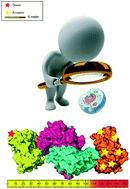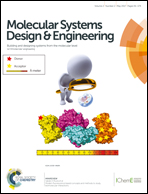Modern fluorescence-based concepts and methods to study biomolecular interactions
Abstract
Molecular interactions are of high interest to molecular biologists because they help to understand the function and behavior of proteins and they can also contribute to the prediction of biological processes that a protein of unknown function is involved in. In fact, protein interactions are critical for many biological processes since they mediate most of the cellular functions. Molecular interactions include both stable associations of proteins within multi-subunit protein complexes and transient associations of biomolecules with a regulatory function. Currently several methods are used to investigate protein–protein interactions. Affinity purification methods combined with mass spectrometry experiments are the most used methods even if they allow the study of molecular interactions only in cellular lysates and not in intact cells. Super-resolution microscopy approaches are applied to study protein interactions in vivo, but these approaches still suffer from a lack of availability of highly bright and stable fluorescent probes as well as the diffusion effects of labeled molecules inside the cell matrix. It appears clear that each of the actual proposed methods has its own strengths and weaknesses, especially with regard to the possibility of revealing molecular interactions in large protein complexes or among different subunits of a large protein molecule. This review article reports on the development of strategies which appear as potential tools to monitor molecular interactions in complex real matrices for advanced diagnostic purposes. More specifically, the goal of this article is not to cover all proposed methods present in the literature to study molecular interactions in large protein complexes, but to highlight the advances in fluorescence spectroscopy, nanotechnology and probe chemistry to investigate molecular interactions.



 Please wait while we load your content...
Please wait while we load your content...